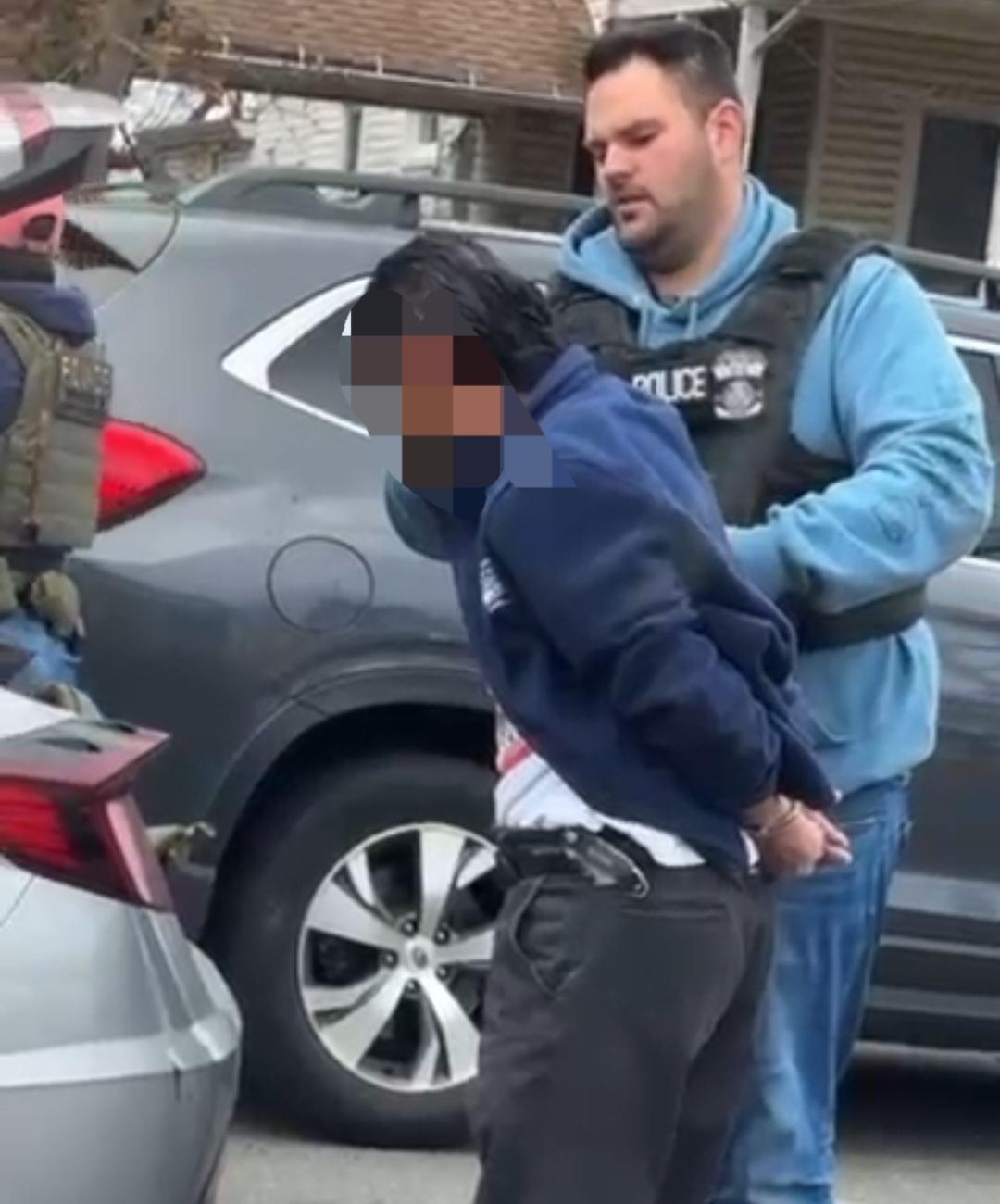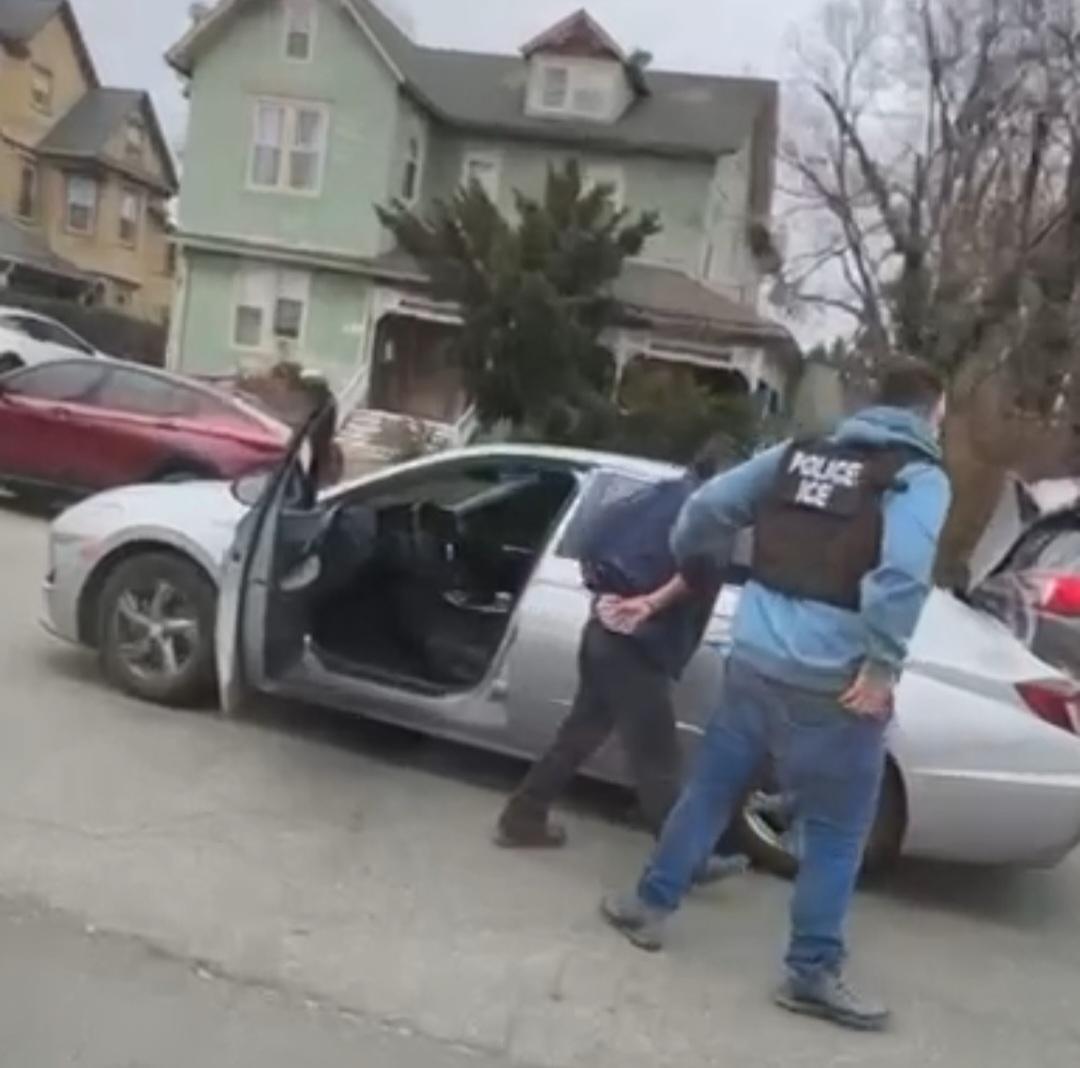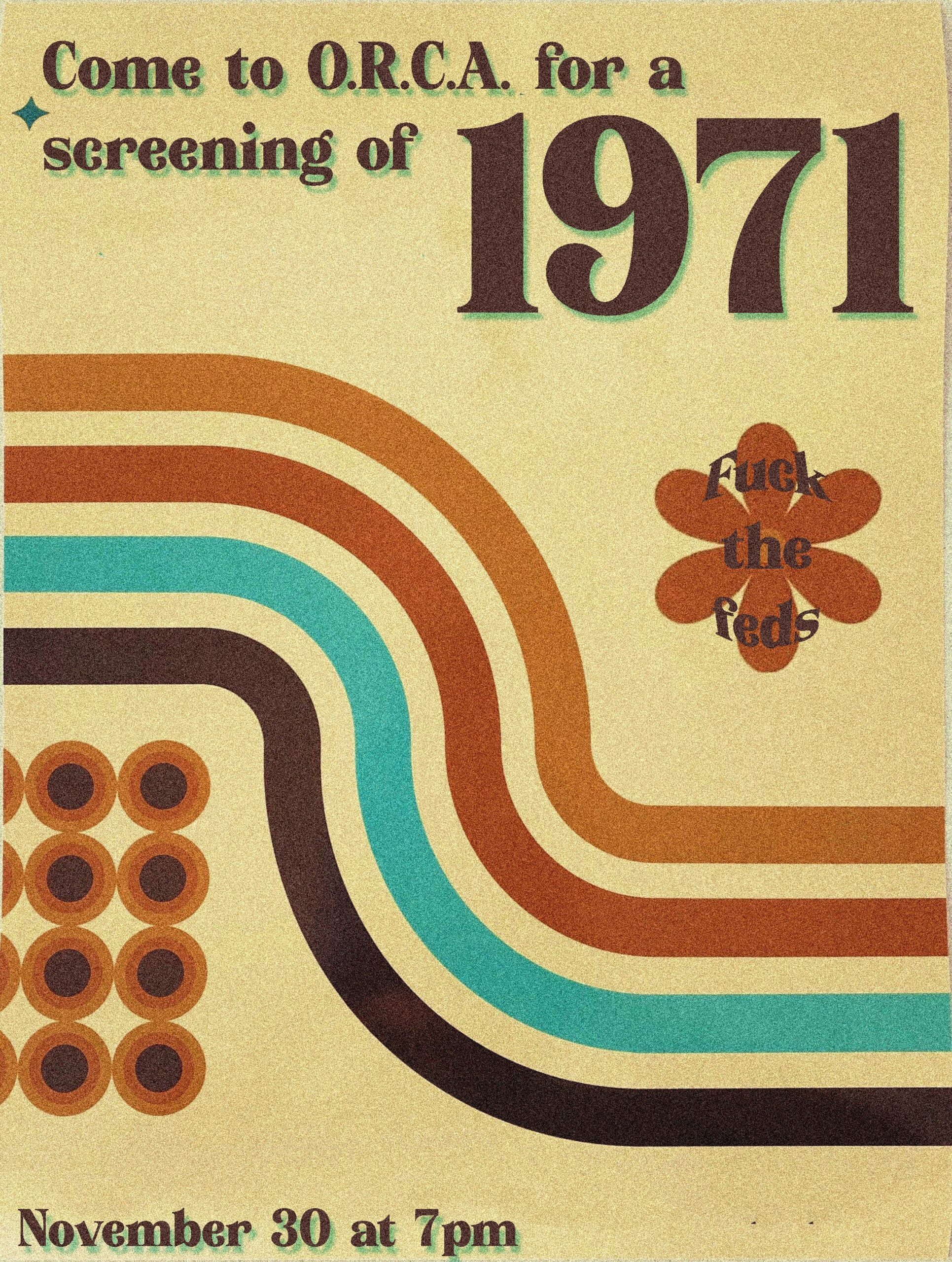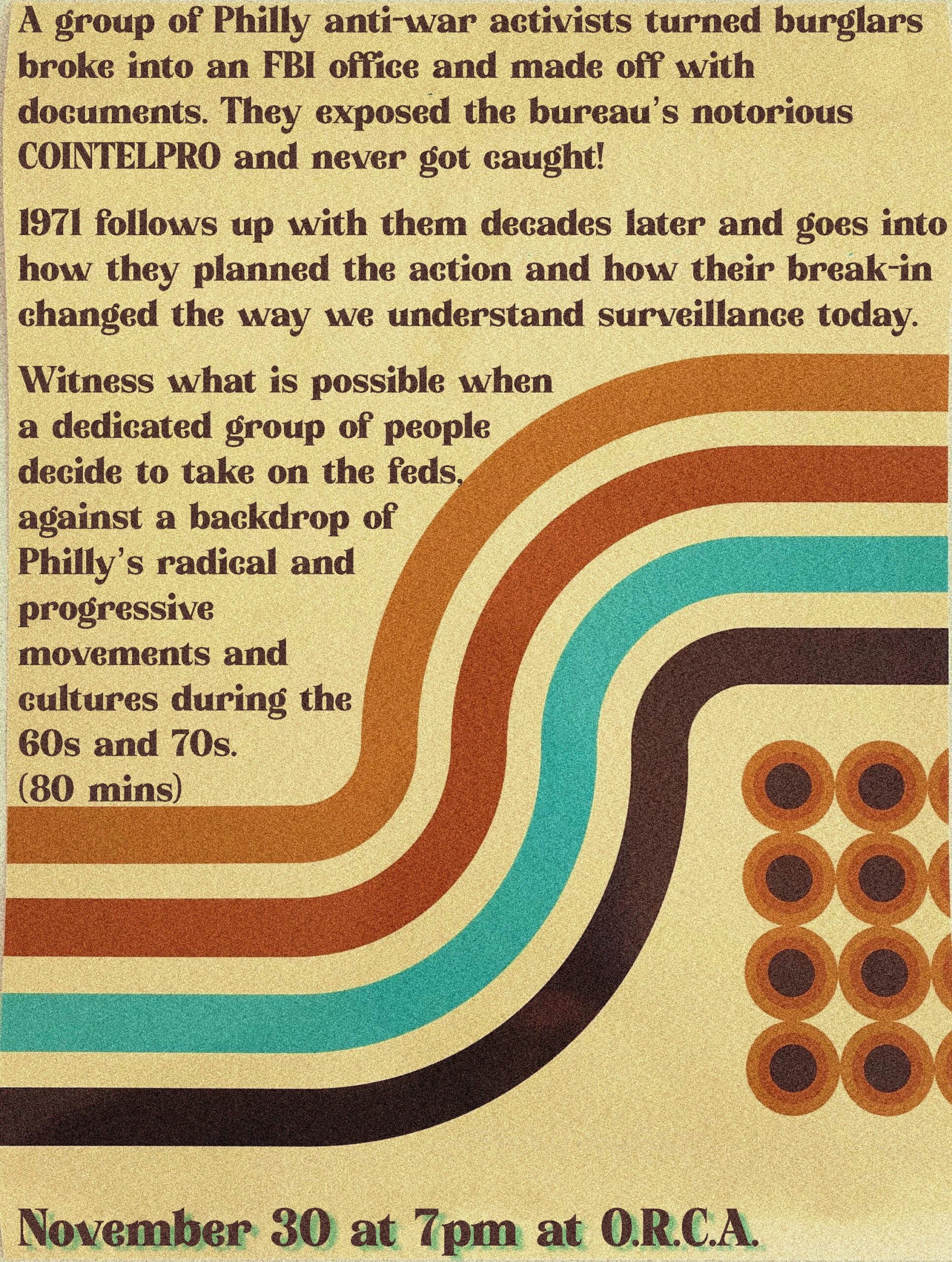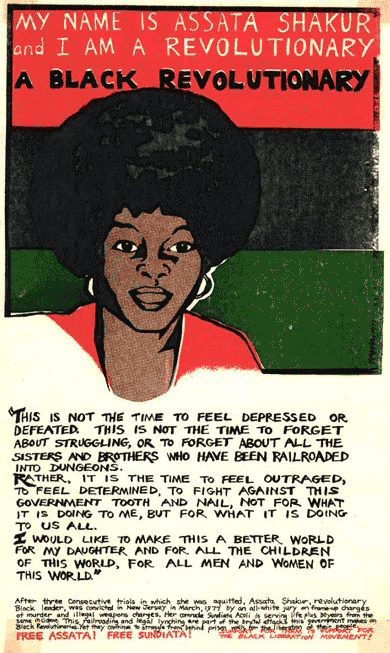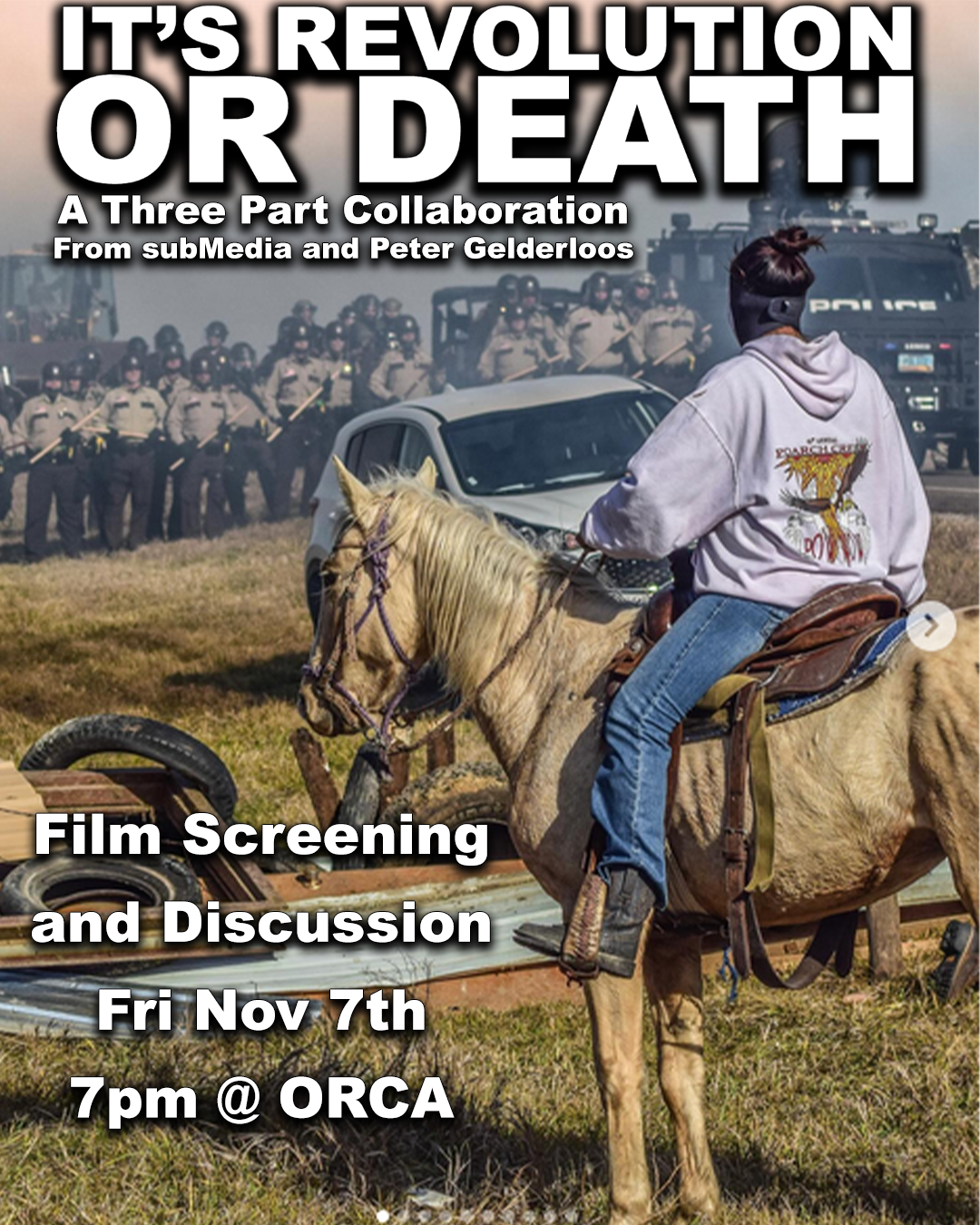This past month has a lot of love and a lot of loss. Our hearts are enflamed in revolutionary memory of the past that isn’t past but is what drives our struggles forward.
Following the closing of It’s Going Down, a new collective will continue publishing monthly “In Contempt” updates on this noblogs. People can submit updates and calls to action to the new email in_contempt at autistici dot org. Look out for monthly printable zines!
We’re also interested in providing more up to date roundups about international political prisoners, so please contribute if you can, whether updates or translations.
So much is happening so let’s jump right in!
March for Mumia
The 12 day march for Mumia, which began in Philadelphia on November 28 will end outside SCI Mahoney on December 9, demanding freedom for Mumia, freedom for all political prisoners, and justice for revolutionary elders.
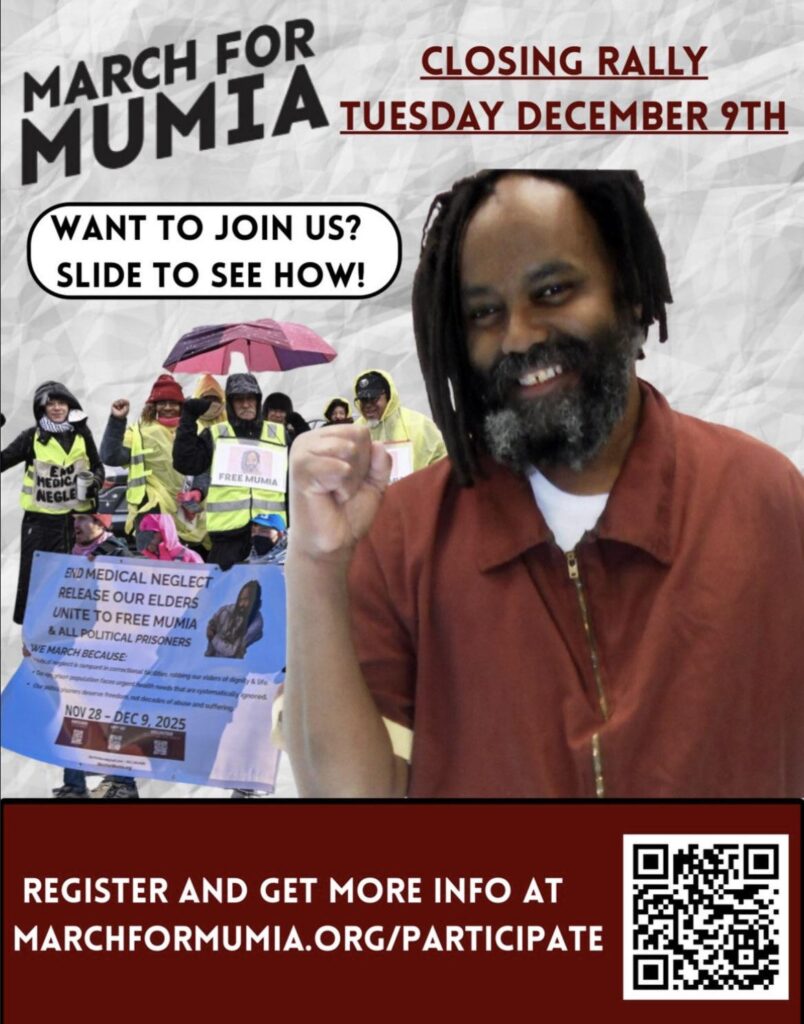
As always you can hear Mumia’s words on Prison Radio, recent broadcasts of which include “Palestine Amid Colonial War” and “Imam Jamil Returns to the Source.”
Write to Mumia:
Smart Communications/PA DOC
Mumia Abu-Jamal #AM8335
SCI Mahanoy
P.O. Box 33028
St Petersburg, Florida 33733
Uprising Support
As far as we know, these are the current addresses of political prisoners from the George Floyd Uprising:
David Elmakayes #77782-066
USP Lee
U.S. Penitentiary
P.O. Box 305
Jonesville, VA 24263
Smart Communications / PA DOC
Khalif Miller / #QQ9287
SCI Forest
P.O. Box 33028
St. Petersburg, FL 33733
Visit https://uprisingsupport.org/ for more ways to support.
And print the December Uprising Support zine.
Birthdays
Muhammad Burton
Fred Burton is one of the Philly 5, a group of men accused of an alleged attack on a police station that left one officer killed. He was sentenced to a life term for murder. Burton has maintained his innocence since his arrest. His preferred name is Muhammad, but envelopes should be addressed to Fred Burton.
Pennsylvania uses Connect Network/GTL, so you can contact him online by going to connectnetwork.com, selecting “Add a facility”, choosing “State: Pennsylvania, Facility: Pennsylvania Department of Corrections”, going into the “messaging” service, and then adding him as a contact by searching his name or “AF3896”.
Birthday: Monday, December 15
Fred Burton AF3896
SmartCommunications / PADOC SCI Somerset
P.O. Box 33028
St Petersburg, Florida 33733
Alejandro Rodriguez-Ortiz
A former Vaughn 17 defendant. While the state has now dropped its attempts to criminalize Alejandro in relation to the uprising, all Vaughn-related prisoners continue to be targets for retaliation. Years later, these prisoners are still being abused for staying in solidarity with one another against the state.
Birthday: December 17
Address:
Alejandro Rodriguez-Ortiz, SBI 515700
Delaware DOC – 1101
P.O. Box 96777
Las Vegas, NV 89193
Jonathan Rodriguez
A former Vaughn 17 defendant. While the state has now dropped its attempts to criminalize Jonathan in relation to the uprising, all Vaughn-related prisoners continue to be targets for retaliation. Years later, these prisoners are still being abused for staying in solidarity with one another against the state.
Pennsylvania uses Connect Network/GTL, so you can contact him online by going to connectnetwork.com, selecting “Add a facility,” choosing “State: Pennsylvania, Facility: Pennsylvania Department of Corrections”, going into the “messaging” service, and then adding him as a contact by searching his name or “NU0434.”
Birthday: December 31
Address:
Smart Communications / PA DOC
Jonathan Rodriguez – NU0434
SCI Rockview
P.O. Box 33028
St. Petersburg, FL, 33733


